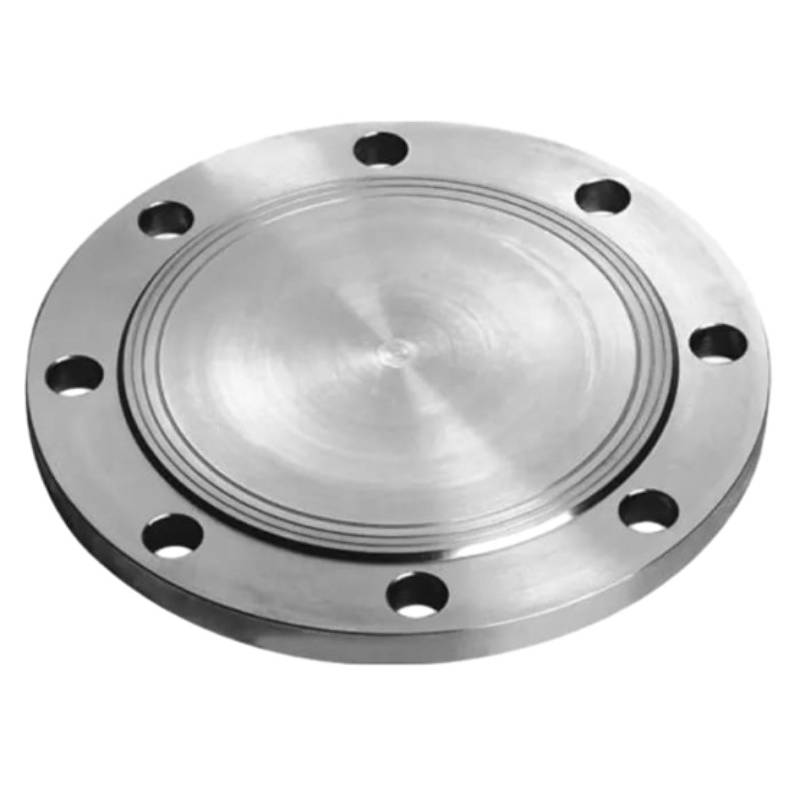-
Cangzhou Yulong Steel Co., Ltd.
-
Phone:
+86 13303177267 -
Email:
admin@ylsteelfittings.com
- English
- Arabic
- Italian
- Spanish
- Portuguese
- German
- kazakh
- Persian
- Greek
- French
- Russian
- Polish
- Thai
- Indonesian
- Vietnamese
- Zulu
- Korean
- Uzbek
- Hindi
- Serbian
- Malay
- Ukrainian
- Gujarati
- Haitian Creole
- hausa
- hawaiian
- Hebrew
- Miao
- Hungarian
- Icelandic
- igbo
- irish
- Japanese
- Javanese
- Kannada
- Khmer
- Rwandese
- Afrikaans
- Albanian
- Amharic
- Armenian
- Azerbaijani
- Basque
- Belarusian
- Bengali
- Bosnian
- Bulgarian
- Catalan
- Cebuano
- China
- China (Taiwan)
- Corsican
- Croatian
- Czech
- Danish
- Esperanto
- Estonian
- Finnish
- Frisian
- Galician
- Georgian
- Kurdish
- Kyrgyz
- Lao
- Latin
- Latvian
- Lithuanian
- Luxembourgish
- Macedonian
- Malgashi
- Malayalam
- Maltese
- Maori
- Marathi
- Mongolian
- Myanmar
- Nepali
- Norwegian
- Norwegian
- Occitan
- Pashto
- Dutch
- Punjabi
- Romanian
- Samoan
- Scottish Gaelic
- Sesotho
- Shona
- Sindhi
- Sinhala
- Slovak
- Slovenian
- Somali
- Sundanese
- Swahili
- Swedish
- Tagalog
- Tajik
- Tamil
- Tatar
- Telugu
- Turkish
- Turkmen
- Urdu
- Uighur
- Welsh
- Bantu
- Yiddish
- Yoruba

Oct . 03, 2024 00:10 Back to list
Exploring A333 Grade 6 Properties, Applications, and Industry Standards for Enhanced Performance
Understanding A333 Gr 6 A Key Component in Pipe Manufacturing
In the realm of industrial piping systems, the selection of materials is paramount to ensure safety, durability, and efficiency. Among the various materials used, A333 Grade 6 is a prominent choice for pressure piping applications. This specification falls under the ASTM (American Society for Testing and Materials) standards, particularly targeting carbon and alloy steel pipes intended for low-temperature service. Understanding A333 Gr 6 is essential for engineers, fabricators, and end-users who require reliable piping solutions in challenging environments.
Composition and Properties
A333 Gr 6 pipes are primarily made from carbon steel, featuring a composition that includes a maximum carbon content of 0.3%. The materials typically used in this grade also contain manganese, phosphorus, and sulfur within specified limits to enhance ductility and toughness, especially in low-temperature applications. The yield strength of A333 Gr 6 is around 255 MPa (37,000 psi), while the tensile strength ranges from 415 to 550 MPa (60,000 to 80,000 psi). These mechanical properties make A333 Gr 6 suitable for environments where low temperatures and high pressures are a concern.
Understanding A333 Gr 6 A Key Component in Pipe Manufacturing
The versatility of A333 Gr 6 pipes allows for extensive use in various industries, particularly in natural gas and cryogenic applications. These pipes are ideal for transporting gases and liquids at extremely low temperatures, making them invaluable in industries such as petrochemical, nuclear power, and refrigeration. The ability to maintain integrity and prevent brittle fracture is critical in these sectors, reinforcing the importance of A333 Gr 6 as a reliable material.
a333 gr 6

Manufacturing Process
The manufacturing of A333 Gr 6 pipes involves processes such as hot rolling, cold rolling, or extrusion, followed by heat treatment. Heat treatment is essential in enhancing the mechanical properties of the steel, specifically in improving toughness and reducing the risk of failure at low temperatures. The finish often applied includes protective coatings to prevent corrosion and extend the lifespan of the piping systems.
Standards and Compliance
Compliance with ASTM A333 is mandatory for manufacturers and suppliers of these pipes. Adhering to this standard guarantees that the pipes undergo rigorous testing and quality checks, ensuring they meet the specified requirements for strength, toughness, and resistance to low-temperature impacts. Certification is vital for projects requiring regulatory approval, endorsing the reliability of A333 Gr 6 in critical applications.
Conclusion
In summary, A333 Gr 6 is an essential material for low-temperature piping applications, offering a combination of strength, ductility, and reliability. Its applications span various industries, showcasing its versatility and importance in modern engineering practices. Understanding the specifications and properties of A333 Gr 6 is crucial for those involved in the design, fabrication, and installation of piping systems that operate under challenging conditions. As industries continue to advance, materials like A333 Gr 6 will remain integral to ensuring that pipelines and structural components can withstand the test of time and operational demands.
Latest news
-
ANSI 150P SS304 SO FLANGE
NewsFeb.14,2025
-
ASTM A333GR6 STEEL PIPE
NewsJan.20,2025
-
ANSI B16.5 WELDING NECK FLANGE
NewsJan.15,2026
-
ANSI B16.5 SLIP-ON FLANGE
NewsApr.19,2024
-
SABS 1123 FLANGE
NewsJan.15,2025
-
DIN86044 PLATE FLANGE
NewsApr.19,2024
-
DIN2527 BLIND FLANGE
NewsApr.12,2024
-
JIS B2311 Butt-Welding Fittings LR/SR 45°/90° /180°Seamless/Weld
NewsApr.23,2024











